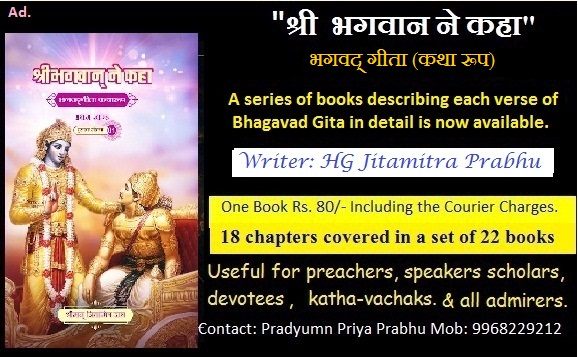Cows & The Imperialistic Strategies of the British
The Two most astonishing thing for the British who invaded India were:
1) The Indian gurukula system.
2) The Indian agriculture system.
Robert Clive who was twice the Governor of Bengal too – on entering India was amazed to see the success of the
agricultural system here. He went on researching the reasons for the success of
the Indian agriculture and discovered the root – The Holy Indian Cow. The
entire Hindu life style revolved around this animal, not just religiously, but
socially. Cow was an integral part of a Hindu family as was any other human
member in the family. He even found that in many places the total number of
cattle was more than the number of humans living there.
So he decided, to break the backbone
of agriculture in India – the holy cows have to be targeted. And thus was
opened the first slaughterhouse of cows in India in 1760 by Robert Clive at
Kolkata. It had a capacity to kill 30,000 cows per day. And anyone can
guess within a year’s time how many cows would have been killed. And within a
century India had very little cattle left to sustain its agricultural needs.
And Britain as an alternative started offering artificial manure, and in this
manner urea, phosphate etc started getting imported from England. Indian
agriculture had started becoming dependent on west invented artificial products
and was forced to give up home grown natural practices.
Till 1760 most of India had banned not
only cow slaughter, but also prostitution and drinking wine was banned as well.
Robert Clive made all three legal and removed the ban.Now the British
had hit two birds with a single stone by this move. The first was to break the
backbone of the Indian agriculture ie making cattle not available for
agriculture. And the second?
Well, obviously Hindus did not work as
butchers at the slaughter houses opened by the British. And of course the
British were well known for their divide and rule policies which they practiced
throughout their colonial kingdoms then. So what did they do? Well, they hired
muslims as butchers and this was done in almost every slaughterhouse they
opened. And this slowly pushed the muslims into believing that beef eating was
their religious right.
What
the Mughal empire had banned had been turned into a practice by the British
empire. What Babur and Akbar termed as a crime was converted into a norm by
Robert Clive. And today the soil of India is filled with artificial fertilizers
and pesticides while the holy Cow cries in the slaughterhouses. While there were
over 70 breeds of cows in the country at the time of independence, today we
have only 33 and even among them many breeds are facing extinction.
To one of the
questions Gandhiji answered, that the day India attains Independence, all the
slaughter houses in India would be closed.
In 1929 Nehru in
a public meeting stated that if he were to become the prime minister of India,
the first thing he would do is to stop all the slaughterhouses.
The tragedy of
the situation is since 1947 the number has increased from 350 to 36,000(thirty
six thousand) slaughter houses.
Its a warning
signal to one and all in India to rise to the occasion!!!
Robert Clive became a opium addict and later committed suicide by stabbing himself with a pen knife after being unable to withstand the pain caused by the illness that had resulted from opium addiction.
|
_____ XXXXX _____











